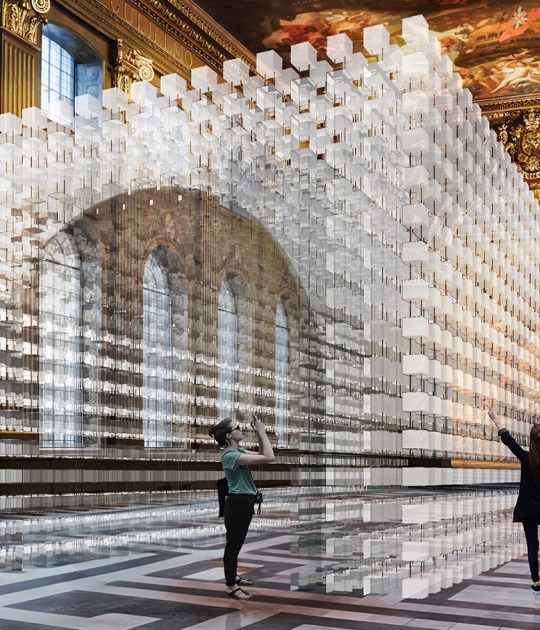In a time marked by existential threats of war and climate change, the pavilion will highlight the vital urgency of human cohabitation with other forms of life.
Description of project by The Swamp School
“The swamp is a very good metaphor for the contemporary condition of both architecture and inhabited space. Today architecture is suspended between nature and artefact, ecology and politics, while space is bouncing back and forth between material and immaterial. Just like the swamp, which is at the same time water and land – just like Venice – borderless and in motion, a resource and a danger,” – Pippo Ciorra, the commissioner of the Lithuanian pavilion, is quoted in the statement.
Acts of revalorising the Swamp over solid ground and exploring its complex web of interactions are both conceived as pedagogical exercises by the project’s initiators with aims to transmit possibilities of speaking for the silenced voices of this planet.
Nomeda and Gediminas Urbonas, the curators of the pavilion, noted,
“Swamps seem to be the opposite of architecture, given that every construction starts from land reclamation. Today, made evident by global environmental disasters, wetlands are physically pushing back on our attempts to industrialize and control them. Instead of fighting our watery neighbors, we must embrace them as a place for future co-habitation. Indeed, swamp turns out to be a perfect milieu, the place, to learn, to understand, and to hear other species, forces and ecosystems that have been silenced and downgraded by us. Let’s try to envision: how could swamps benefit architecture?”
The pavilion will be inaugurated with the launch of live broadcast on the Swamp Radio, programmed by the intelligence of the mud bacteria. The sonic engagement with the environment in Venice will explore the range of invisible architecture from transmission to radio, and to “antenna as a central element of spatial self- reproduction”.
Throughout the Biennale Architettura 2018, The Swamp School will be performed as a series of public interfaces that will function as a changing and open-ended structure to support experiments in design, pedagogy, and artistic intelligence. A globally recognized group of tutors and interlocutors from MIT and partner network including artists, architects, designers, urbanists, and philosophers will shape installations and workshops in both – the pavilion and Venice, turning the whole city into the learning environment. In exploring the imaginary of the Swamp – a living organism in which borders defined by social, political and cultural factors are porous and permeable – the school will host a collaborative investigation of the open architectural form.
Inaugurating the concept of marshes as a tool to conceive ‘immaterial materiality’, The Swamp School will consist of three chapters. The Swamp Radio will be followed by Futurity Island which will concentrate on symbio-poetics and emphasize the new forms of living as well as associated technologies necessary as we move into a future shaped by drastic environmental change. The last series of events, will engage notion of Commonism, focusing on the speculative forms of citizenship and cohabitation between people, and also between humans and non-human residents. Echoing the spatially dislocated sensations of pirate radio or the international abyss just outside of passport control, The Swamp School will take advantage of participants’ jet lagged sensorium to impress a pedagogical experience of fermentation, deep time, olfaction, fecundity, filtration, and, among other concepts, the future.





























